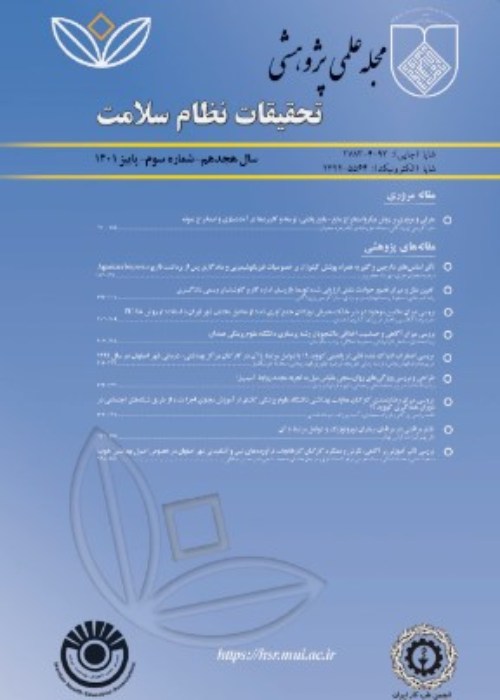Life Cycle Assessment of the Sponge Iron Production Process Using OpenLCA Software: A Case Study of Khuzestan Steel Plant, Iran
Since sponge iron is the main feed of steel furnaces for the production of crude steel, especially in electric arc furnaces, the production of quality sponge iron is one of the concerns of the steel industry. The reduction process, which is the conversion of pellets into sponge iron using reduction gases, has been used in Iran for many years. Therefore, there is a necessity for a proper environmental assessment to reach the minimum level of negative impact on the environment. This study aims to investigate the environmental impacts of sponge iron production by Midrex method using natural gas and to compare the effects associated with different production processes. This paper identifies the processes and significant inputs that affect the environmental impact of sponge iron production and proposes effective methods to diminish contamination.
The OpenLCA software with the Ecoinvent database was used by using IMPACT 2002+ evaluation method. Life cycle inventory data were obtained from the average performance of factories in one year, and 1 ton of produced sponge iron was considered as the functional unit.
Among different types of environmental impacts, non-renewable energy, mineral particle respiration, and global warming had the most significant effects, respectively. These three categories of impact together accounted for about 87.5% of the total environmental impact of the whole process. Among the processes, the greatest impacts were related to the production of sponge iron (62.8%), followed by the pellet production process (37.8%), and the greatest environmental impacts of input materials were related to natural gas (44.3%) and iron ore (23.9%), respectively.
Despite significant advances in sponge iron industries in recent decades, they still have high energy consumption as well as mineral particles and carbon dioxide emissions. Conducting a life cycle assessment allows producers to identify the most polluting processes in order to make the necessary plans to improve them.
- حق عضویت دریافتی صرف حمایت از نشریات عضو و نگهداری، تکمیل و توسعه مگیران میشود.
- پرداخت حق اشتراک و دانلود مقالات اجازه بازنشر آن در سایر رسانههای چاپی و دیجیتال را به کاربر نمیدهد.



